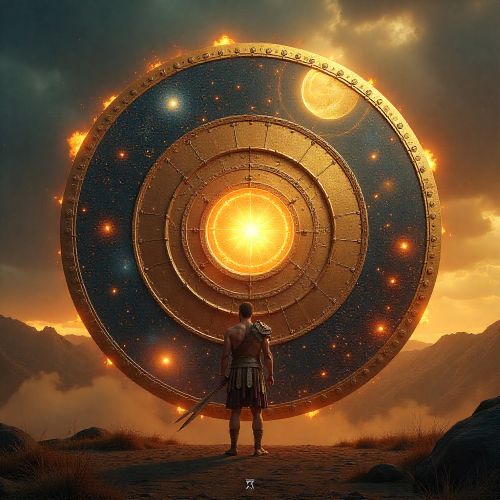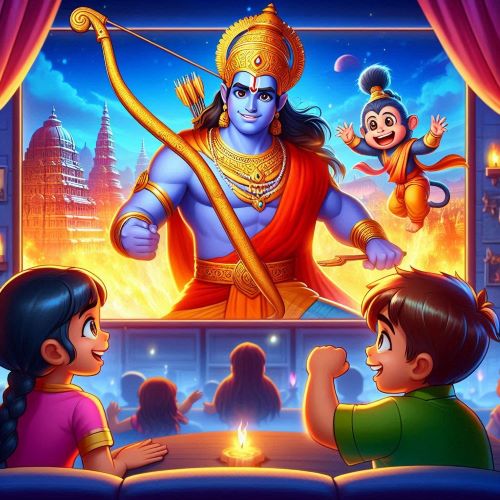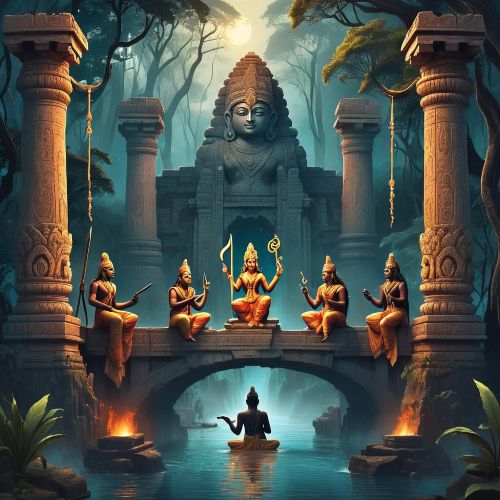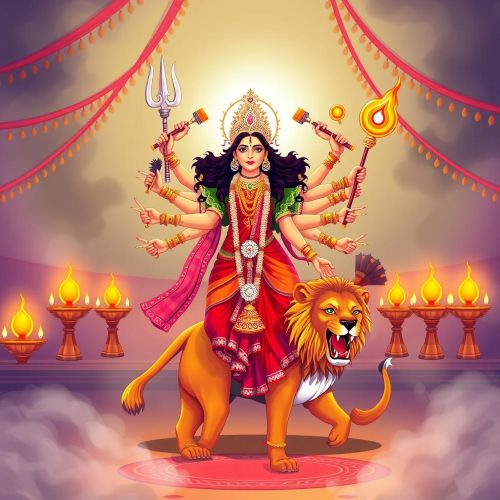Ramayana Route Map: Tracing Rama’s Journey Across India
The Ramayana, one of the two great Indian epics, chronicles the extraordinary journey of Lord Rama, his wife Sita, and brother Lakshmana during their 14-year exile. While the story is deeply spiritual and symbolic, many enthusiasts and researchers have attempted to trace the physical path described in the ancient texts. This journey, known as the Ramayana route map, offers a fascinating blend of mythology, geography, and cultural heritage that continues to captivate pilgrims, historians, and travelers.
In this article, we explore the mythological journey step-by-step and identify the modern-day locations in India that correspond to the key events in Lord Rama’s exile.
1. Ayodhya – The Beginning of the Journey
The journey begins in Ayodhya, the capital of the Kosala kingdom and the birthplace of Lord Rama. Located in modern-day Uttar Pradesh, Ayodhya remains a vital spiritual and cultural center. It is here that Rama is exiled due to the boons granted by King Dasharatha to Kaikeyi.
📍 Modern Location: Ayodhya, Uttar Pradesh
🕉️ Significance: Birthplace of Rama and start of the exile journey.
2. Prayagraj – Meeting Bharadwaja Rishi
Rama, Sita, and Lakshmana first travel to the ashram of Sage Bharadwaja, located at the confluence of the Ganga, Yamuna, and mythical Saraswati rivers—modern-day Prayagraj (Allahabad).
📍 Modern Location: Prayagraj, Uttar Pradesh
🕉️ Significance: Meeting with Sage Bharadwaja and receiving guidance on where to stay during exile.
3. Chitrakoot – Setting up Temporary Residence
After receiving directions from Bharadwaja, the trio settles in Chitrakoot, where they build a cottage and spend a significant portion of their early exile. Bharata later meets Rama here to convince him to return, but Rama declines.
📍 Modern Location: Chitrakoot, Uttar Pradesh–Madhya Pradesh border
🕉️ Significance: Emotional reunion with Bharata and decision to remain in exile.
4. Dandakaranya – The Forest of Trials
They continue their journey southward into the Dandakaranya forest, covering large parts of present-day Madhya Pradesh, Chhattisgarh, Odisha, and parts of Maharashtra. This vast and dangerous forest was home to sages, demons (rakshasas), and divine beings.
📍 Modern Locations: Bastar (Chhattisgarh), Amarkantak (Madhya Pradesh), Gadchiroli (Maharashtra)
🕉️ Significance: Rama slays several demons here and protects sages.
5. Panchavati – The Turning Point
Rama eventually settles in Panchavati, near modern-day Nashik in Maharashtra. It is here that Sita is abducted by Ravana, marking a crucial turning point in the epic.
📍 Modern Location: Nashik, Maharashtra
🕉️ Significance: Site of Shurpanakha’s insult, Lakshmana’s valor, and Sita’s abduction by Ravana.
6. Kishkindha – The Monkey Kingdom
After Sita’s abduction, Rama travels to Kishkindha, the kingdom of the Vanaras (monkey warriors). Here he meets Hanuman and Sugriva, forging alliances that would eventually help him reach Lanka.
📍 Modern Location: Hampi, Karnataka
🕉️ Significance: Alliance with Sugriva, meeting with Hanuman, and formation of Vanara army.
7. Rameswaram – Building the Bridge
Guided by the Vanaras, Rama reaches the southern tip of India at Rameswaram, where he builds a bridge of floating stones to Lanka with the help of Nala and the monkey army.
📍 Modern Location: Rameswaram, Tamil Nadu
🕉️ Significance: Construction of the legendary Rama Setu or Adam’s Bridge to reach Lanka.
8. Lanka – The Final Battle
Rama crosses the ocean into Lanka, believed to be present-day Sri Lanka, where he defeats Ravana and rescues Sita. Though this is outside modern India, the site remains crucial in the Ramayana route map.
📍 Modern Location: Sri Lanka (via Adam’s Bridge)
🕉️ Significance: Ravana’s defeat and the return journey to Ayodhya.
Modern-Day Relevance and Pilgrimage
The Ramayana route map is not just a spiritual journey but also a geographic pilgrimage for many followers. The Indian government and state tourism boards have initiated Ram Van Gaman Path development projects to connect these legendary sites. From Ayodhya to Rameswaram, these locations are being developed with temples, signages, and travel infrastructure to promote religious tourism and preserve cultural heritage.
The map also resonates with historians and mythologists who attempt to connect myth with archaeology, sometimes controversially, but always with deep public interest.
Conclusion
The Ramayana route map provides a captivating journey across India’s spiritual geography. It links mythological events to real-world locations, drawing millions each year to follow in the footsteps of Lord Rama. Whether as a pilgrimage or a cultural tour, this map serves as a living testimony to India’s rich mythological and historical fabric.
No posts were found.









